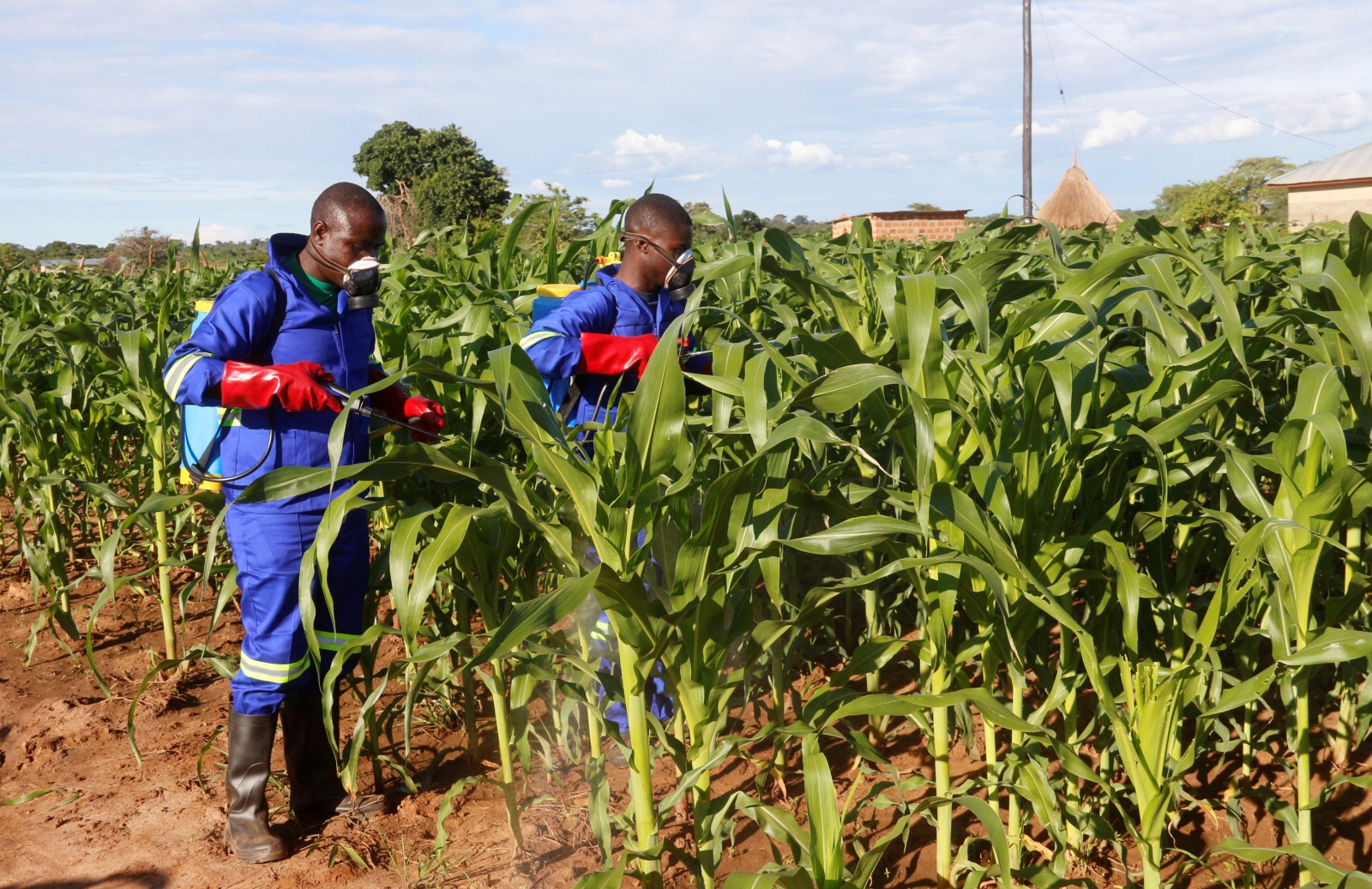Need Help?
Speak with a human to filling out a form? call corporate office and we will connect you with a team member help.
+256 770 837871

CropLife Uganda promotes the responsible use of agrochemicals to support sustainable agriculture and ensure food security. Agrochemicals—including herbicides, insecticides, fungicides, and fertilizers—play a vital role in protecting crops from pests, diseases, and weeds, while enhancing productivity and quality.
We work closely with government agencies, farmers, and stakeholders to ensure agrochemical products on the market are safe, effective, and used in compliance with international standards. Our efforts focus on:
Stewardship and Training: Equipping farmers and distributors with knowledge on proper handling, application, and storage of agrochemicals.
Regulatory Support: Advocating for science-based regulatory frameworks that ensure safe and effective product registration and use.
Counterfeit Control: Combating illegal and counterfeit agrochemical products through awareness, monitoring, and enforcement support.
Environmental Responsibility: Promoting practices that minimize risks to human health and the environment.
CropLife Uganda and its members are committed to advancing agricultural innovation while safeguarding ecosystems and public health.
What is a crop protection product or pesticide?
These products prevent, repel, or control pests of animal or vegetal origin during the production, storage, transportation, and distribution of agricultural products. If not controlled, these pests can significantly reduce agricultural productivity.
Molecules, polymers, chemical groups, toxicology, ecotoxicology are only some of the words that scientists who work in technological advancements to benefit agriculture use, specifically on the subject of crop protection products.
What are the benefits of crop protection products?
- They protect the crops from pests, weeds, and diseases.
- Without pesticide products, the world’s production of fruits and vegetables, pastures, and fibers would drop 30 to 45% due to damage from pests.
- Greater agricultural production means a cost reduction for the end consumer and greater access to food for the world population.
- Crop protection products ensure a greater and better production of food and other crops benefiting the survival and well-being of humanity.
How is a pesticide product researched and developed?
Crop protection products are the result of a very detailed laboratory and fieldwork, in which scientists from different disciplines participate.
It is a process that lasts an average of nine years of work, encompassing both Research and Development activities. The process involves more than 120 tests, studies, and evaluations that analyze the behavior of the product from an agricultural, environmental, and health perspective.
The risk of canceling a project before concluding the development process is constant. In any of the development stages, the project can be canceled. Only one out of 140 thousand molecules studied by the agrochemical industry is able to go from the laboratory to the field.
How much does it cost to research and develop a pesticide?
The research and development process for a pesticide product has an average cost of 256 million dollars.
These costs have been increasing. In 1995, the figure was $152 million and in 2000 it went up to $184 million. The costs increase due to the need to conduct more studies that guarantee the safety of the products.
How much does the Research and Development industry invest in new products?
It is more than five billion dollars each year. % corresponds to new crop protection chemical product developments and the other percentage corresponds to biotechnology.
The result of this investment is new phytosanitary products. They are newer, safer, and more effective, and will benefit the farmers, consumers, and the environment.
How are crop protection products or pesticides classified?
- Herbicides: Control the vegetal species (weeds) that invade the crops and reduce productivity.
- Insecticides: Control the harmful insects that reduce yields.
- Acaricides, fungicides y bactericides: Their purpose is to fight mites, fungi, and bacterial diseases.